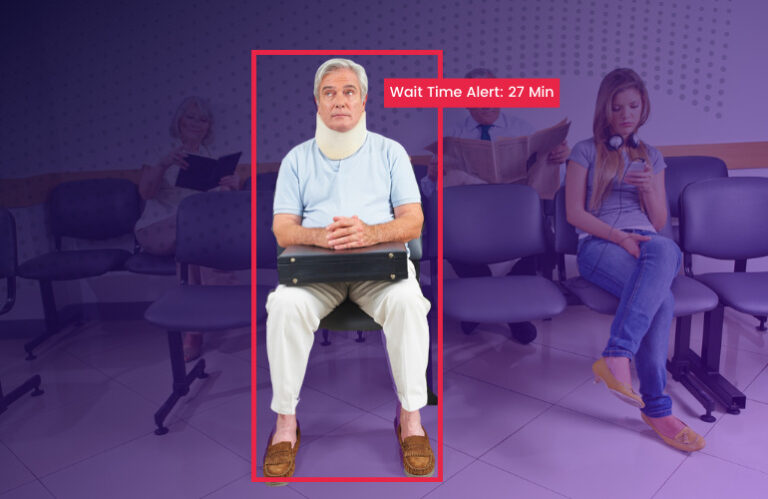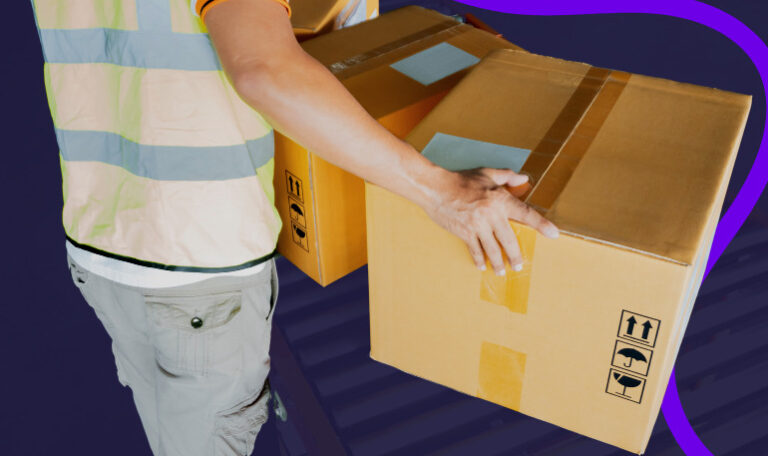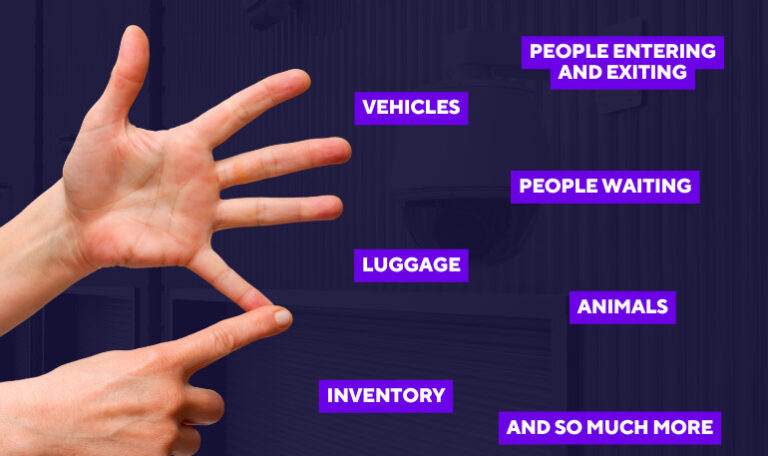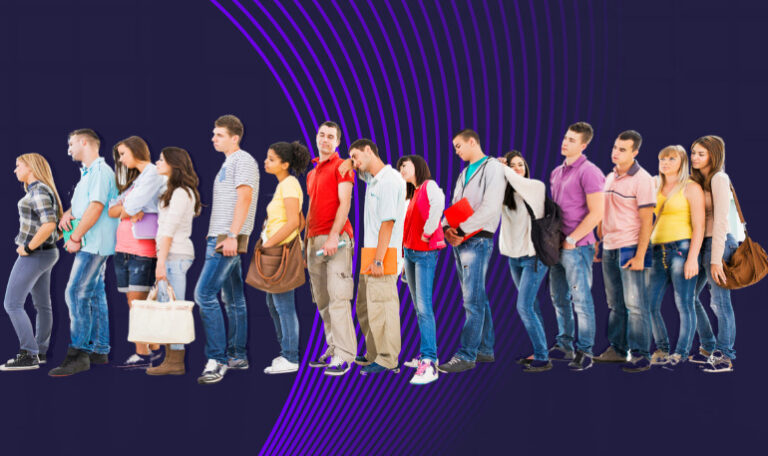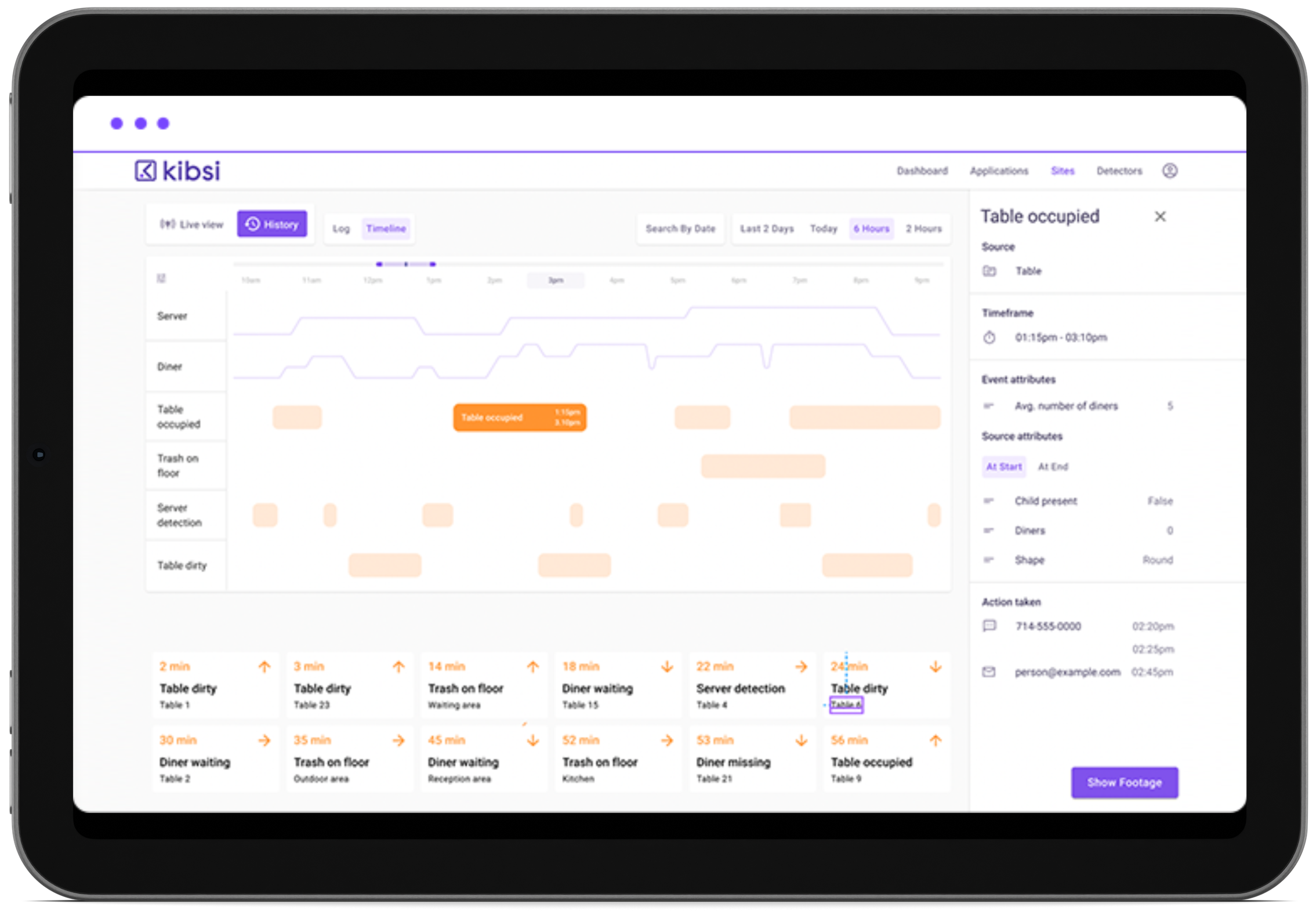Digital transformation is fueling the future of modern healthcare, with computer vision a leading technology in this new revolution, advancing many medical facilities and practices so they can better weather the challenges facing healthcare providers and improve patient outcomes.
Beyond merely analyzing and interpreting visual information, computer vision offers a range of opportunities for healthcare professionals to ensure enhanced patient care, safer environments, and optimized operations.
In this article, we delve into 12 key ways computer vision can be a game-changer in your healthcare setting.
1. Ensuring Use of Medical PPE
In times where proper use of PPE is paramount, Computer vision can continuously monitor and ensure that healthcare personnel wear their masks, gloves, and other protective gear correctly. When a discrepancy is detected, real-time alerts can be sent, ensuring immediate correction to maintain stringent safety standards.
2. Monitoring Patient Movement to Improve Outcomes
Rehabilitation centers and post-surgery wards can benefit immensely from computer vision. By monitoring and analyzing a patient’s mobility, physiotherapists and doctors can use this data to tailor exercises and treatments, enhancing the rate and quality of patient recovery.
3. Reducing Waiting Times in Waiting Rooms
Nobody likes long wait times, especially when you’re unwell. Computer vision systems can predict patient flow based on historical data and current room occupancy. It can reallocate resources, suggest appointment rescheduling, or even predict peak times, ensuring efficient management and enhanced patient experience.
4. Monitoring the Status of Machines
A malfunctioning machine can be a nightmare. With computer vision, the operational status of critical equipment, from dialysis machines to ECG monitors, can be continuously monitored. Predictive maintenance can be scheduled, ensuring machines are always up and running, and patient appointments are never jeopardized.
5. Identifying Misplaced Equipment
Searching for a missing wheelchair or an ECG machine can be time-consuming. Computer vision, integrated with asset tags, can track equipment in real-time, alerting staff if an item is not returned to its designated space or is approaching an unauthorized area. This ensures critical equipment is always ready and available.
6. Detecting Patient Falls
Especially in settings catering to elderly care or post-operative recovery, timely detection of falls can prevent serious injuries. Computer vision can detect unusual movements or positions and immediately alert nurses or on-call doctors, ensuring a swift response and intervention.
7. Monitoring Treatment Spaces to Ensure Optimal Flow
Overcrowded physical therapy rooms or empty consultation rooms are not ideal. Computer vision can provide real-time data on room occupancy, allowing administrators to adjust schedules, reallocate patients, or even open up rooms when needed.
8. Enhancing Security
From safeguarding patient records to ensuring newborns are safe, security is a priority. Computer vision can be employed for real-time facial recognition, ensuring that only authorized personnel access sensitive areas, and can immediately and directly alert security personnel about any potential discrepancies.
9. Reducing and Managing Energy Usage
A smart hospital is also an eco-friendly one. Computer vision can monitor rooms, corridors, and wards for not just motion but for a human presence, adjusting lights and HVAC systems accordingly, ensuring significant energy savings.
10. Monitoring Patient-Provider Interactions
Quality of care is also about the soft skills of healthcare providers. Computer vision can be used to analyze the non-verbal cues during patient-provider interactions, offering feedback to medical personnel about areas they can improve upon, leading to improved patient satisfaction.
11. Alerting to Potential Hazards
From an unattended wheelchair blocking a fire exit to a wet floor in a corridor, hazards can be dangerous. Computer vision can detect such anomalies and alert maintenance staff or administrators, ensuring a continuously safe environment.
12. Checking Occupancy of Rooms and Machines
Efficient room management is crucial for patient satisfaction. Knowing which rooms are occupied and for how long can help in scheduling cleaning, maintenance, and even future bookings. Similarly, understanding machine usage patterns can help in optimal scheduling.
Conclusion
Computer vision is not just another ‘trendy’ technological advancement; it’s a paradigm shift in how healthcare can be delivered.
From ensuring safety standards to optimizing resource usage, its applications are vast and transformative. As healthcare professionals and administrators, embracing computer vision today ensures a step towards a smarter, safer, and more efficient healthcare setting for tomorrow.
To find out more you can read our dedicated eBook here, or alternatively, you can speak to one of our experts to discover how you can get started with Kibsi’s no-code, video intelligence platform!


